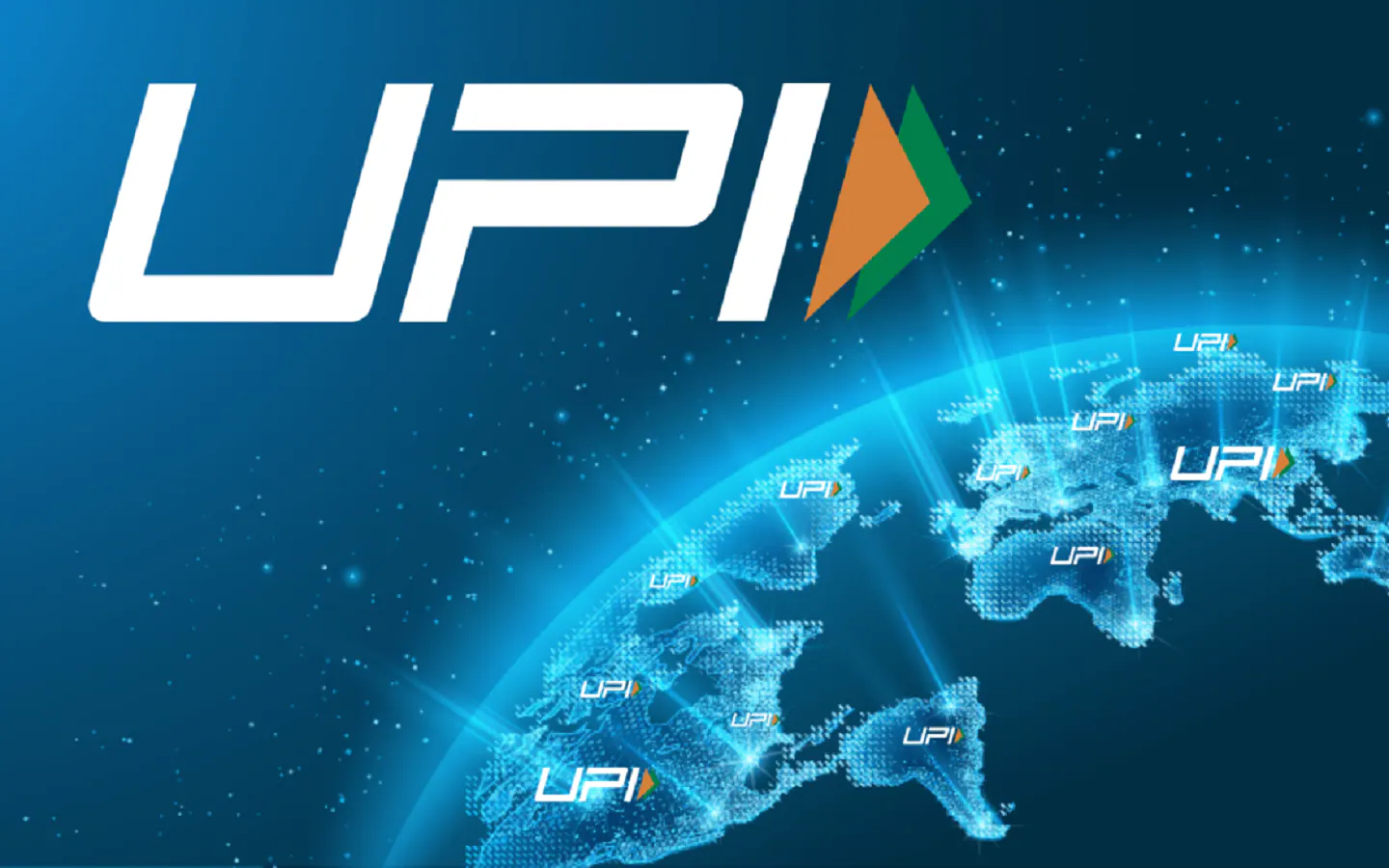As Unified Payments Interface (UPI) continues to dominate India’s digital payment ecosystem, conversations around transaction charges have become more frequent. For years, UPI offered zero-cost peer-to-peer payments, which played a major role in its mass adoption. But with changing policies, platform usage patterns, and infrastructure requirements, users in 2025 may start noticing new cost structures — especially for certain types of transactions.
Whether you’re new to digital payments or considering a UPI app download soon, it’s important to understand how these charges are structured and who they apply to.
Current Landscape of UPI Charges
Historically, UPI transactions between individuals and most small merchants have been free of cost. The Indian government and the Reserve Bank of India have promoted UPI as a public utility, ensuring that users are not burdened by service fees for routine money transfers or QR-based payments.
However, with the rise of large-volume commercial transactions, increased load on banking infrastructure, and growing fintech involvement, there have been discussions about introducing charges for certain UPI payment categories — particularly those done via prepaid instruments or through platforms using third-party infrastructure.
What’s Changing in 2025
As of 2025, the zero-charge structure still applies to most common peer-to-peer (P2P) and peer-to-merchant (P2M) payments. However, there are a few new areas where minimal fees may be introduced or expanded:
1. Prepaid Wallet-Based UPI Payments
Payments made using a prepaid wallet linked to a UPI ID — often used in high-frequency, low-ticket transactions — may now attract nominal fees beyond a certain volume. This includes scenarios where a wallet acts as an intermediary between your bank and the merchant.
2. Large Commercial Transactions
Payments from customers to large merchants or service aggregators may involve processing fees, especially when they exceed a daily or monthly threshold. These charges are usually absorbed by the merchant but may be passed on to the customer in some cases.
3. UPI Autopay Services
Autopay features tied to loan EMIs, subscription services, or investment SIPs may carry a small transaction handling fee per mandate, depending on the platform and payment size.
Breakdown of Expected Charges
While charges vary by use case and service provider, here’s what most users should expect:
- Standard P2P or QR code transfers: ₹0 (still free for end users)
- Wallet-based UPI payments (above threshold): ₹0.50 – ₹1.00 per transaction
- High-value merchant payments (select cases): 0.5% – 1% of transaction value, capped
- Recurring debit mandates (Autopay): ₹5–₹10 per execution (where applicable)
Importantly, banks and third-party UPI apps are required to display any applicable charges transparently at the time of transaction.
Who Pays These Charges?
In most scenarios, the merchant or platform absorbs the cost. However, some third-party service providers may request a nominal fee from users — particularly when you’re making non-standard payments like bill collections, ticket bookings, or wallet top-ups.
For regular users making personal transfers or shopping through smaller merchants, no charges are typically passed on. So, if you’ve just completed a UPI app download and are concerned about daily usage costs, rest assured that basic functionality remains free.
How UPI Remains Affordable for Most Users
Despite the introduction of these minor fees in specific areas, UPI continues to be one of the most cost-effective digital payment methods in the country. The government has consistently emphasized that user convenience should not be impacted, and most new charges are aimed at platforms or merchants that process high volumes.
UPI apps are also required to notify users of any deductions before confirming the transaction. This ensures transparency and prevents accidental charges.
Tips to Avoid Unnecessary Fees
- Use direct bank transfers instead of wallet-based routes
- Stick to government-regulated apps for essential transactions
- Monitor your usage to avoid crossing free transaction limits, if any
- Disable unused Autopay mandates that might trigger charges
- Keep your app updated to get alerts on new pricing policies
Why the Charges Exist
Maintaining UPI infrastructure at scale involves server costs, fraud monitoring, customer support, and regulatory compliance. As usage grows, these minimal charges help banks and service providers manage backend operations while improving uptime and security.
It also encourages responsible usage and prevents misuse of free digital resources in bulk commercial settings.
Conclusion
UPI remains one of the most affordable and convenient digital payment systems in India. While 2025 brings a few minor updates to transaction charges, the impact on individual users is still minimal. If you’re planning a UPI app download or are already using UPI for everyday transactions, you’ll find that most services remain free, fast, and secure. Staying informed about the evolving charge structure can help you make smarter payment choices and avoid unexpected fees.





